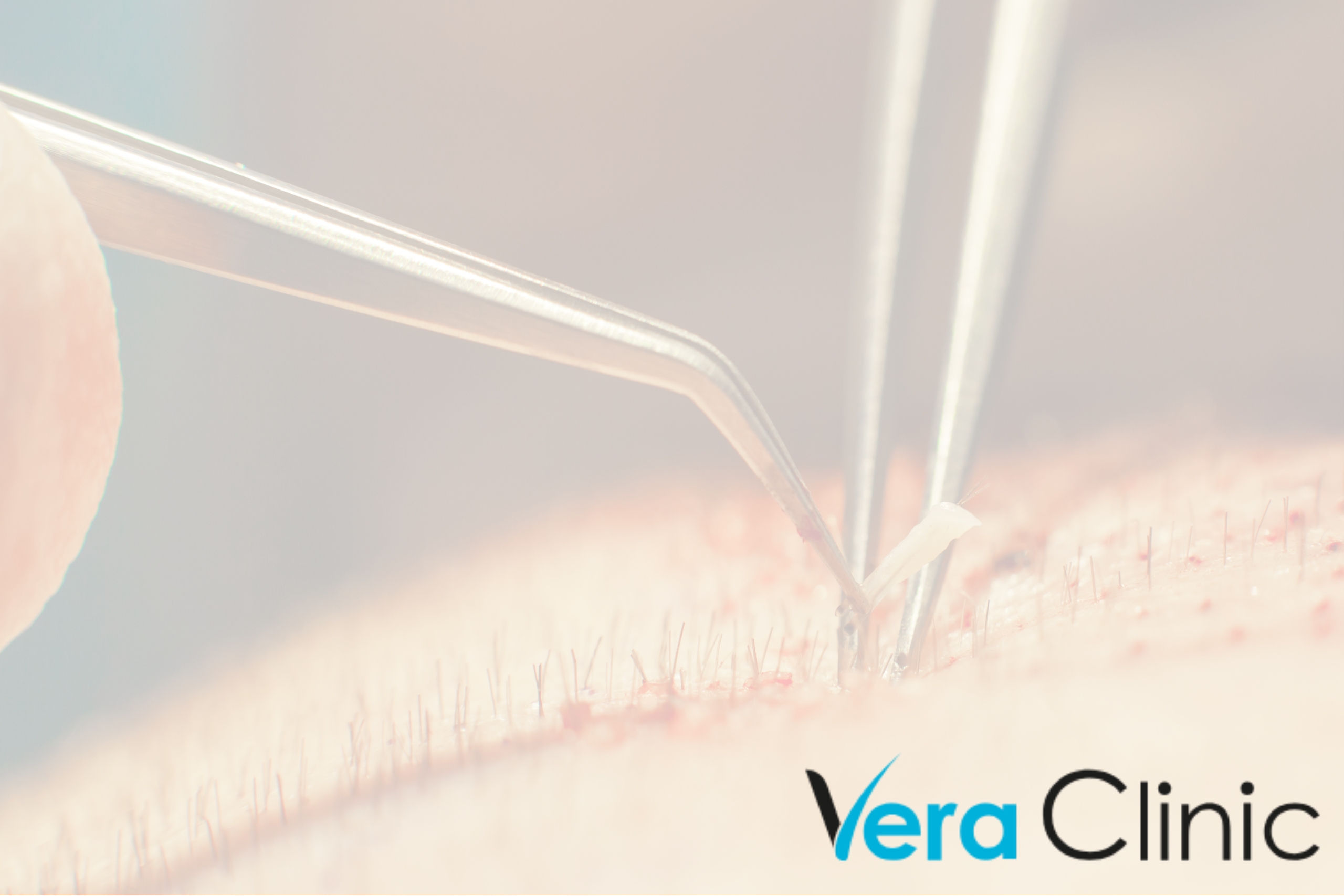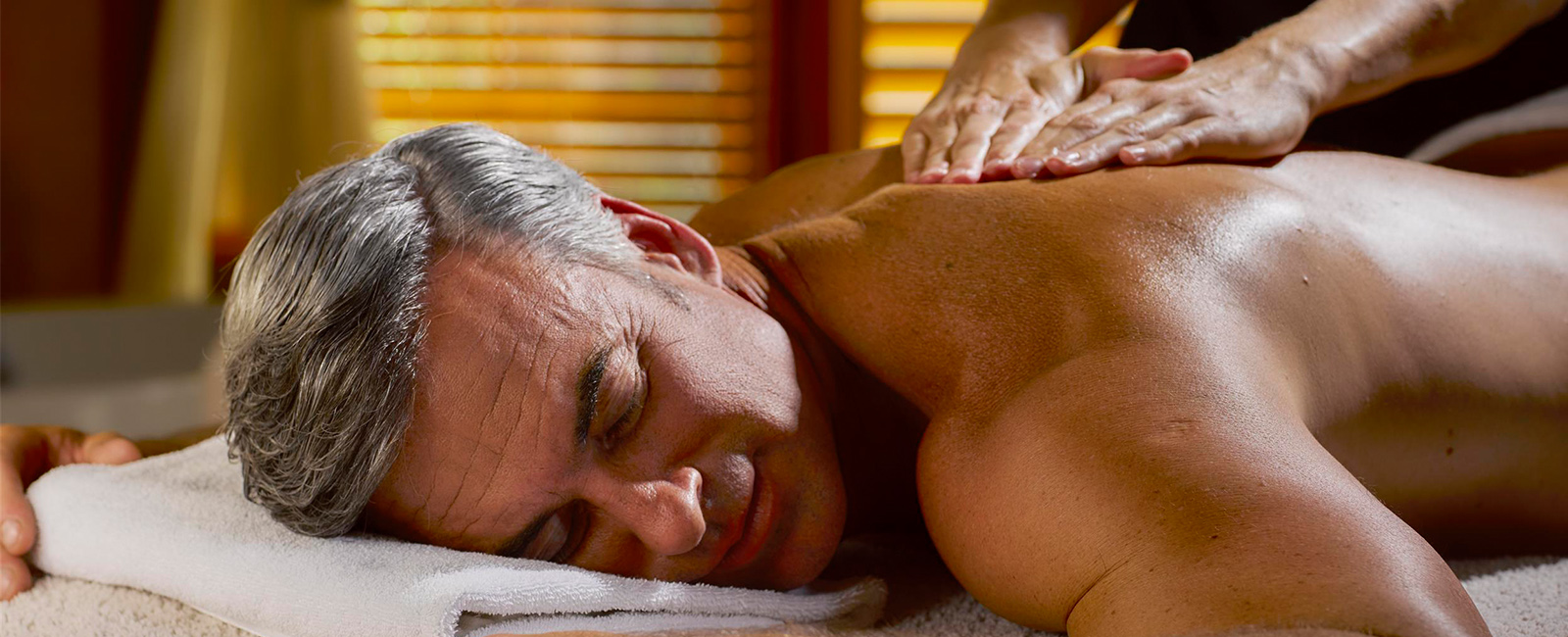1. Injectables
There are various medications available to treat erectile dysfunction (ED). PDE5 inhibitors such as sildenafil, tadalafil, and vardenafil work well for most men; however, they may cause side effects in some individuals. If these meds cause intolerable side effects for you then injectables may provide an alternative treatment option available at pascher-pharmacie.com.
Injectable therapy is a safe and non-invasive solution to treating erectile dysfunction. It involves administering intracavernosal injections, which involve inserting medication directly into your penis’ tissue. The most popular form of injection is called Trimix; this consists of alprostadil, phentolamine and papaverine in equal amounts.
Non-invasive and highly effective, injecting is a non-invasive treatment that can improve spontaneous erections – provided you use them regularly and stay committed to taking them.
injectables can be obtained at any pharmacy with a valid prescription and they may even be covered by insurance. The price of these drugs varies based on the dosage prescribed, making them an affordable alternative to oral ED medications which typically cost $10-20 per dose.
Before considering this treatment, consult with your physician to determine if you are eligible. Your urologist or other specialist can evaluate your medical history and suggest the course of action that is most suitable for you.
Though there are some potential risks with this procedure, they tend to be minimal. A bruise that forms after medication injection may last for a few days but otherwise remains harmless.
However, if you experience pain or other symptoms at the injection site, contact your doctor right away. Also mention bleeding or priapism–an extended erection without sexual activity that can be painful–to ensure a safe injection experience.
Injectables offer a convenient, non-invasive alternative to oral ED treatments that may offer long-term success in treating the disorder. Not only are they safe and convenient, but many men who use them report high levels of satisfaction with their experience with them.
2. Lasers
Lasers are beams of light that can be employed for a variety of tasks. LASIK eye surgery has long been popularized, but lasers also cut and engrave materials with ease. Furthermore, they produce energy beams which can travel long distances.
To create a laser, atoms must be excited into an excited state where they can radiate energy in either pulsed or continuous form. This can be achieved through external sources of light or electrical fields – known as stimulated emission.
The earliest lasers were made of ruby (the first was created by Theodore Maiman in 1960 at Hughes Aircraft Research Laboratories). These devices were based on Einstein’s 1917 theory of stimulated radiation, which predicted light could be amplified through a process known as “laser amplification.”
Laser beams come in a range of geometries and can remain focused for extended periods. The most basic beams are Gaussian, featuring the minimum divergence possible at any given diameter. More sophisticated lasers may employ Hermite-Gaussian or Laguerre-Gaussian functions to approximate multimode beams.
Lasers can be divided into two categories according to how they operate: continuous-wave lasers and pulsed lasers. The former are distinguished by their average power and pulse duration, while the latter by peak power.
Low-level laser therapy has been used for years to alleviate pain and promote tissue healing. Studies have demonstrated that laser therapy can produce analgesia while accelerating wound healing.
However, there are some important precautions when using laser treatments. Some lasers possess extremely high energies which could cause thermal damage to tissues and skin as well as potential eye hazards.
Instead of opting for these potentially hazardous options, consider other non-invasive treatments for ED treatment. These alternatives can help you heal quickly without the risks associated with traditional prescription drugs or invasive surgeries.
One non-surgical alternative is RestoreWave, a shockwave therapy system. This device uses red wavelengths to stimulate blood flow in the penis and may lead to improved erections. It’s safe and effective for men with erectile dysfunction.
3. Physical Therapy
Physical therapy is a non-invasive treatment option that can help relieve pain and enhance mobility. It’s suitable for people of all ages, typically prescribed by doctors after an injury or other health issue that restricts movement.
Physical therapists have licensed healthcare professionals with graduate training to treat a variety of medical conditions and injuries, such as back pain, arthritis, and carpal tunnel syndrome. They work in hospitals, clinics, and private practices alike.
They examine patients and treat them with exercises that can be done either at home or in the office, depending on their condition. Furthermore, they collaborate with patients to create a plan of care that helps them manage symptoms and avoid future issues.
Some therapists specialize in treating specific areas of the body, like knee pain. Conversely, others provide holistic treatments that address all aspects of their patients’ well-being. Doing this allows them to more accurately detect and address what’s causing their patients’ discomfort.
Another advantage of physical therapy is that it’s often covered by insurance companies and the cost per session is relatively inexpensive compared to other ED treatments. On average, sessions cost around $150 but this varies between practices.
If you suffer from an issue such as Erectile Dysfunction (ED), a physical therapist can create a treatment plan to help restore your full range of motion and strength. They may use physical exercise, biofeedback techniques, along with other therapies to promote good health.
Physical therapy stands out among other treatments for erectile dysfunction (ED), since it addresses both the physical and psychological factors responsible. Not only that, but physical therapy also teaches you how to cope with symptoms associated with ED and boosts self-confidence so it becomes easier to achieve and sustain an erection.
Physical therapy, often referred to as physiotherapy, is the most widely-used type of physical therapy. It helps treat various conditions by improving posture, flexibility and strength as well as relieving chronic pain or illness.
Physical therapists (PTs) can assess the body’s movement patterns and how different systems, such as the cardiovascular system and endocrine system, interact with movement. They then customize treatment plans according to each patient’s unique needs and preferences.
4. Nutritional Counseling
Current treatments for ED can be effective for some individuals, however they may cause side effects or lead to other health complications. That’s why researchers are searching for non-invasive alternatives that can effectively treat ED.
Nutritional counseling is a type of treatment that enables patients to create healthier eating habits and learn how to manage their weight without the use of medications. It may also address nutritional deficiencies which could cause fatigue or low energy levels.
A qualified nutritional counselor can provide you with skills and tools to maintain your body’s health in the long run, as well as address any underlying issues that could be contributing to ED symptoms.
Counseling typically entails an exploration of both past and present eating patterns to uncover what’s going on. It also serves to create a framework for future relationships with food and your body, so that you can establish healthier boundaries.
There are various methods for accomplishing this, such as cognitive restructuring and challenging unhealthy thought patterns about body image. Doing so can lead to improved feelings of self-worth and confidence, making it simpler for you to eat healthily and exercise regularly.
The most crucial step of this process is working with a qualified and compassionate nutritional counselor who can understand your individual needs and offer encouragement as you adjust your behaviors. If insurance is needed, inquire with your provider to see if your plan covers nutrition counseling services.
Nutritional counseling has traditionally been done by dietitians. However, there is now a larger pool of healthcare professionals capable of providing this service and the development of e-counseling technology is making it more accessible for many patients. Nonetheless, there are still challenges such as high dropout rates and limited resources in clinic spaces and facilities which must be overcome in order to provide these services effectively.
Extracorporeal low-intensity shock wave therapy (LISWT) is an emerging alternative treatment for ED that has shown some promise in recent studies. It utilizes mechanical forces from a pulse energy source and indirect force through cavitation directed at the treatment target, with the theory being that it induces microtrauma to cavernosal tissue which increases angiogenic factors and encourages blood vessel growth. A study revealed that men with vasculogenic ED who received LiST had significantly improved International Index of Erectile Function scores after receiving treatment.





